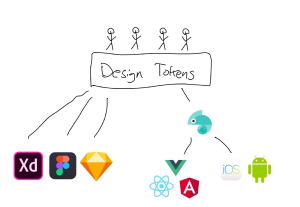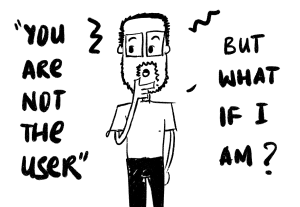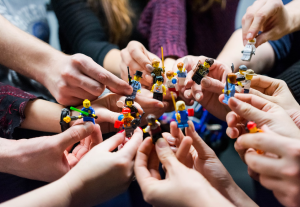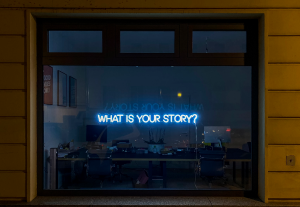- Accessibility, Analytics and Tracking, Customer Experience, Design, Design Tools and Software, Patterns and Components, Usability, UX Education, UX Magazine
Design tokens aren’t just something that you can easily retrofit into your existing wardrobe. They require an entirely new way of thinking and working. Learn how to start thinking in design tokens by completely changing the way you work with design systems.
Article by Mark Cianfrani
Design Token Thinking
- Design tokens require an entirely new way of thinking and working.
- Designers can be documenting their design system, but the documentation will always be a step behind their design file.
- The author unpacks the idea of an alternative design system and names it “the way of the future.”
- Design tokens need to become a primary method for how you talk about and interact with your design system, both internally and externally.
- In the end, you can get a design system that is:
-
- Future proof
- Accessible
- Able to be easily changed.
Share:Design Token Thinking
Share this link
- June 30, 2022
5 min read







